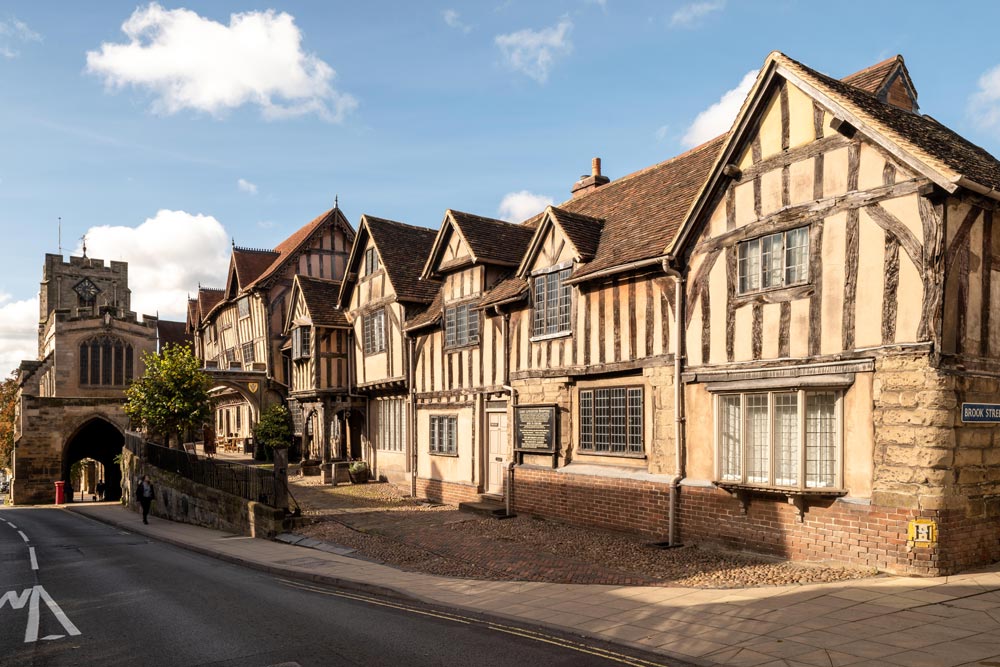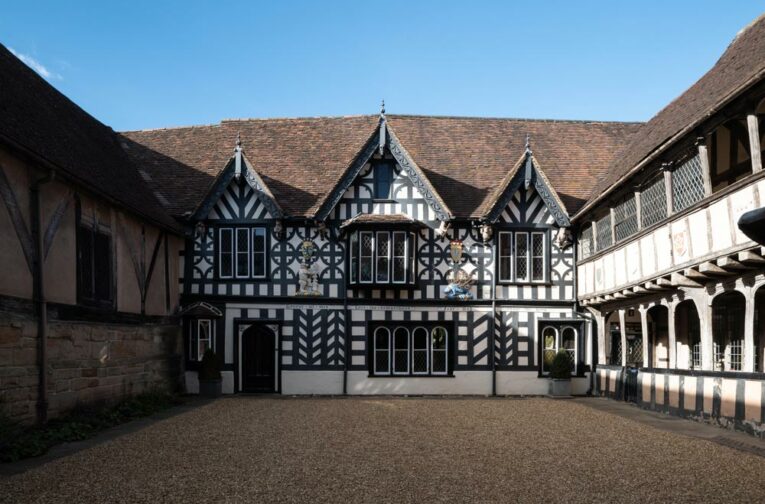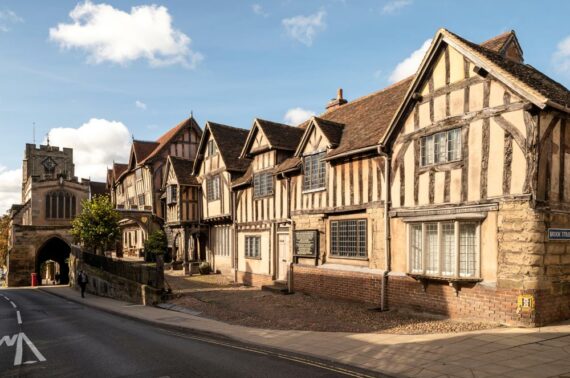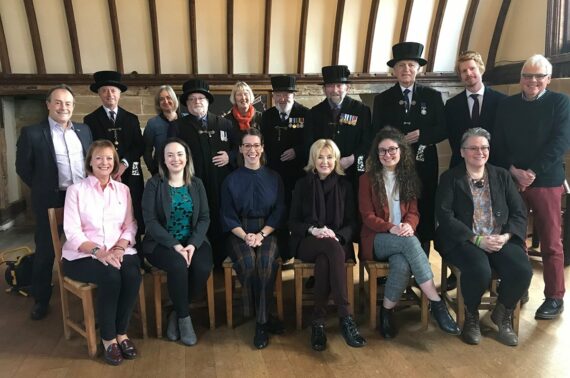Local support to restore the Lord Leycester Hospital

Warwick local planning authorities have given planning permission and listed building consent for the Lord Leycester Hospital, Warwick to undertake once in a century restoration and capital works improvements.
“Donald Insall Associates, our architects have worked long and hard to get this planning permission submitted and we are confident that now we have the right approvals our once in a century restoration program for the Lord Leycester will go head,” said Dr Heidi L Meyer, Master Lord Leycester Hospital.
Donald Insall Associates is leading a multi-disciplinary team including Mann Williams, BCA Consultants, PMP Consultants and Fire Engineers OFR to meticulously restore and repair the medieval fabric and upgrade services together with improving visitor access and facilities.
Matthew Vaughan, Associate Director at Donald Insall Associates said: “The Grade I Listed Lord Leycester Hospital is a building of incredible importance, not only regionally, but nationally, with connection to compelling historical figures from Elizabeth I to Oscar Wilde. Working with our client and the consultant team we are delighted to have achieved this important milestone for the Hospital’s transformation, to help secure its future and bring its many treasures and fascinating stories fully to light.”
For nearly 450 years, the Lord Leycester has been the home of ex-servicemen – the Brethren – who have resided in the iconic buildings bequeathed to Warwick by the town’s mediaeval Guilds. Though it has weathered seven hundred years of history, the ancient fabric of the building is beginning to show its age and major conservation work is required to ensure its survival.
To mark its 450th anniversary, the Lord Leycester has embarked on a fundraising campaign to celebrate the unique heritage and secure the future of the site, enabling the institution to continue the charitable purpose set when Robert Dudley, Earl of Leicester, obeyed Queen Elizabeth I’s call for support for the nation’s servicemen injured in war or in need of support.
LLH450 goal is to raise £1 million that will help:
- Restore the fabric of the beautiful mediaeval architecture;
- Renew the almshouse accommodation; and
- Transform the visitor experience for local community and visitors from far and wide.
With rejuvenated buildings and increased footfall, the Lord Leycester will be placed on a sustainable footing for centuries to come, allowing it to maintain a centuries-old tradition of hospitality, service and support to wounded warriors or ex-soldiers.

About Lord Leycester Hospital
The Lord Leycester was founded by Robert Dudley, Earl of Leycester in 1571, to take care of wounded warriors of Warwickshire, after Elizabeth 1 asked her close advisors to care for those who had fought for her. For over 450 years ago, they have provided homes for such warriors.
Their aim is to continue to do this long into the future, providing a community for soldiers, sailors and airmen who have put their lives on the line for their country. A home for kindred spirits, offering spiritual and emotional support for those who have suffered the stress and trauma of battle, or been injured in serving queen and country.
They also preserve and maintain the chapel and the unique 16th century buildings, as a peaceful sanctuary and legacy of a community that has existed since the 1300s with the Guilds of Warwick who built the buildings for their civic tasks. Their philanthropic activities are funded through attracting day visitors, hiring out our medieval rooms and hosting events, and by positively engaging with the wider community, putting the Lord Leycester Foundation at the centre of community activities.
They intend to be an integral part of life in Warwick and the surrounding areas and continue the legacy of seven hundred years of philanthropic life in Warwick.
Images: Paul Miller

